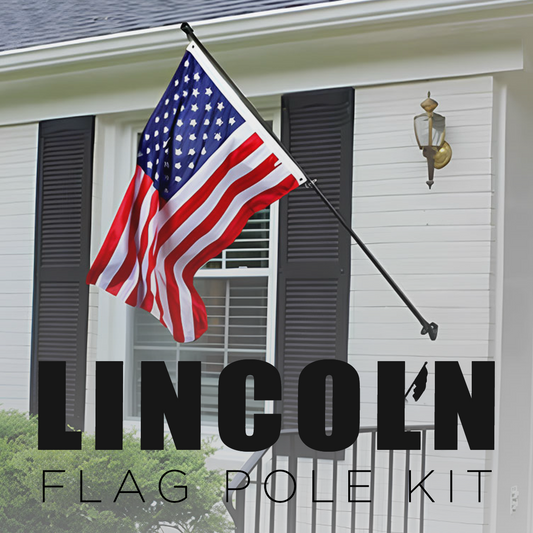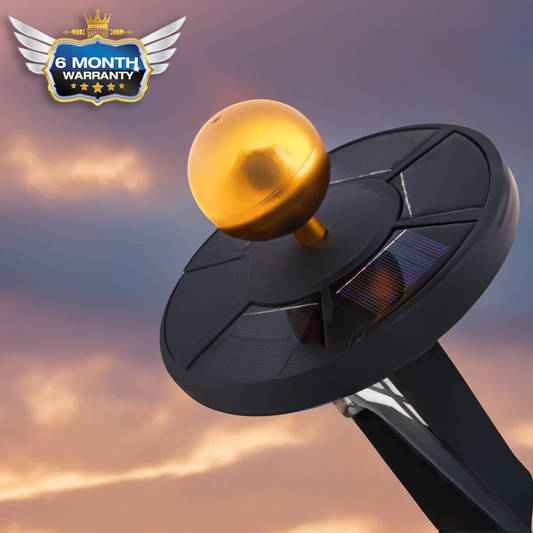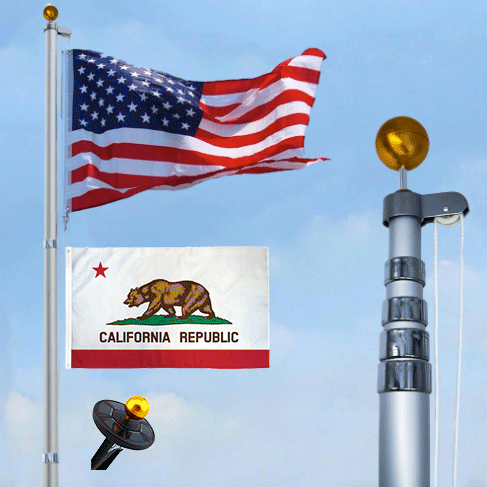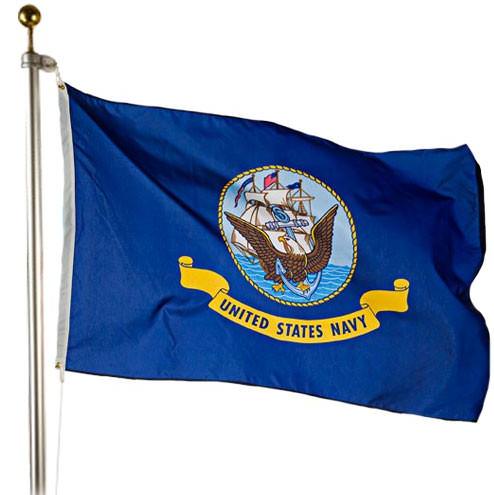
The Legacy in the Feathers: The Story Behind Louisiana’s State Flag
Discover the history, symbolism, and evolving story of Louisiana’s state flag—a banner of unity, sacrifice, and Southern pride.
Some symbols roar; others comfort. Louisiana’s flag does the latter—a quiet, unwavering image of a mother pelican feeding her young, nestled in blue. It doesn’t shout. It assures. And in that assurance lives the story of a state defined by resilience, generosity, and grace.
What the Pelican Really Means
At the heart of Louisiana’s state flag is a scene of quiet power: a mother pelican, wings gently arched, offering herself for her chicks. This emblem isn’t ornamental—it’s ancestral.
Rooted in ancient Christian tradition, the pelican was believed to wound herself to nourish her young—a symbol of sacrifice and unyielding love. In choosing this image, Louisiana aligned itself not just with religious heritage, but with a deeper truth: that strength comes from care, and legacy from giving more than you take.
Color, Motto, and Meaning
Set against a deep blue background—evoking the majesty of the Mississippi River and the spirit of Southern water—the flag carries a proud banner below the nest: "Union, Justice, and Confidence."
These are more than words. They are marching orders. They are reminders. They are Louisiana’s quiet promise to itself.
A Flag in Evolution
Since joining the Union in 1812, Louisiana’s identity has shifted and strengthened—reflected in the evolution of its flag. French and Spanish colonial motifs gave way to a uniquely American icon by 1912, when the pelican officially became the state’s banner-bearer.
And in 2006, a subtle but meaningful correction was made: three drops of red blood were added to the mother pelican’s breast. A restoration of symbolic truth—this wasn’t just maternal care, it was sacrificial love. The kind Louisiana has always shown its people.
More Than an Emblem—A Reflection of Identity
The pelican isn’t random. It’s personal. It came with French settlers, embedded in their Christian worldview. Over generations, Louisianians made it their own—transforming faith into folklore, and folklore into flag.
It stands for us. For every storm weathered. For every rebuilding. For a culture so rich, even its silence sings.
Modern Meaning, Ancient Echoes
In parades, in classrooms, at moments of remembrance—the Louisiana flag flutters with more than fabric. It waves with history. With unity. With pride that knows when to bow its head, and when to raise it high.
Display it with honor:
A Flag for All Seasons
Louisiana’s flag takes flight during cultural celebrations and solemn moments alike—from Statehood Day to Mardi Gras, from public buildings to porches lined with Spanish moss.
It’s not just a flag. It’s a mirror. One that shows who we’ve been, and who we’re still becoming.
Feathers, Faith, and the Future
The Louisiana flag endures because its message is timeless: that sacrifice sustains. That justice binds. That confidence lifts.
In a world of quick symbols and fading headlines, this one stays. Quiet. Steady. Real.



















